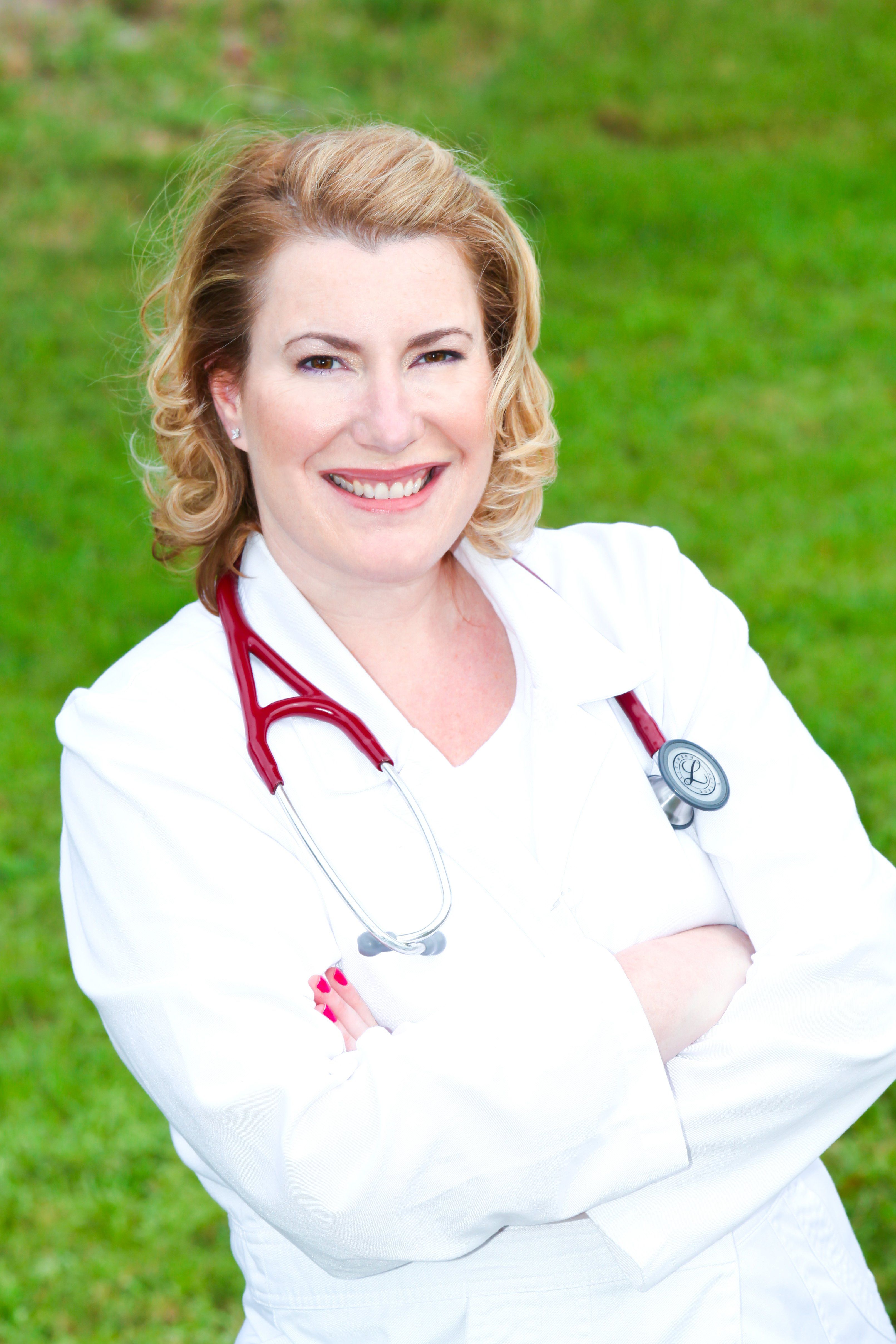Article
The problem with diploma mills in medicine
Author(s):
Perils of Replacing Physicians with Non-Physician Providers, Part 2
Editor's Note: Welcome to Medical Economics' blog section which features contributions from members of the medical community. These blogs are an opportunity for bloggers to engage with readers about a topic that is top of mind, whether it is practice management, experiences with patients, the industry, medicine in general, or healthcare reform. The series continues with this blog by Rebekah Bernard, MD, a family physician at Gulf Coast Direct Primary Care in Fort Myers, Florida. The views expressed in these blogs are those of their respective contributors and do not represent the views of Medical Economics or UBM Medica.
In my last article, I discussed the trend of increasing non-physician healthcare providers, such as nurse practitioners (NP) and Physician Assistants (PA), as a way of easing the reported (and debated) physician shortage.
FURTHER READING: Top 6 resolutions for physicians in 2018
Nursing organizations have been particularly effective in increasing the number and power of nurse practitioners. Through a combination of political action (nurses’ associations spent $5.3 million on lobbying and donated $2.1 million in 2016 to congressional candidates to promote unsupervised practice) and an aggressive multi-media campaign, NPs have been successful at achieving independent practice in 23 states, Washington DC and the Veteran’s Administration.

Dr. Bernard
But this increase in unsupervised nurse practice is worrisome in light of a new trend in nurse education: the explosive growth of diploma mills, programs that graduate minimally trained nurses who are unprepared to care for patients independently.
Just type “NP online” into a Google search or your Facebook page and you will immediately see what I am referring to. Ads abound for nurse practitioner programs, with tag lines like “complete in 20 months,” “100 percent Doctor of Nursing Practice (DNP) online,” and “self-directed coursework.”
There are dozens of direct to NP and DNP online programs, many of which boast a 100% acceptance rate. There are schools that promote “as little as fifteen months from MSN to DNP,” or allow nurses to “use work hours to apply to your clinical training.” There are multiple accelerated programs that allow nursing school graduates who have not yet worked as a nurse to become a nurse practitioner. There are even direct entry programs that allow students with a non-nursing bachelor’s degree to become a registered nurse and a nurse practitioner simultaneously. This means that these NP graduates are legally permitted to practice “advanced” nursing before he or she has ever even worked one day as a bedside nurse.
Once in attendance, coursework for these nurse practitioner programs may be 100 percent online. And while a certain number of clinical experience hours are required, they are often on the honor system and may involve simply shadowing a doctor or nurse, many of whom the students have to find themselves, sometimes by cold calling NPs listed online. There are simply not enough clinical preceptors to train the volume of nurse practitioner students seeking clinical hours.
Next: This should concern us
Unfortunately, this lower quality of training and clinical experience is beginning to become apparent. New studies are demonstrating that removing standardized curriculum and physician supervision from nurse practitioner training and practice is impacting the quality of patient care, including poorer quality referrals[i] to specialists compared to primary care physicians, more unnecessary skin biopsies[ii] than physicians, increased diagnostic imaging,[iii]increased prescriptions[iv] including increased antibiotic prescribing[v] and higher opioid prescribing shown in the states of Connecticut and New Hampshire. Payouts for malpractice claims against NPs are also on the rise, as are claims for the improper prescribing and management of controlled substances. With training programs churning out NPs at a rate of 23,000 per year, compared to about 19,000 physicians graduating from medical school per year, we may see these trends grow.
POPULAR ON OUR SITE: DPC is here to stay
As physicians and patient advocates, this should concern us. As we know, doctors receive 20,000 minimum hours of training before we are permitted to practice independently, and yet we often remain fearful of being unprepared or missing something. Nurse practitioners require only 500 clinical hours to sit for their boards, and are now permitted to practice without supervision in almost half the states in the union. Perhaps it is easier to feel confident when you “don’t know what you don’t know.” Unfortunately, this is not something that can be learned online.
Rebekah Bernard, MD, is the daughter of two Registered Nurses and a Family Physician in Fort Myers, Florida. She is the author of “How to Be a Rock Star Doctor.” She can be reached at rebekahbernard.com.
[i]Comparison of the Quality of Patient Referrals From Physicians, Physician Assistants, and Nurse Practitioners Lohr, Robert H. et al. Mayo Clinic Proceedings , Volume 88 , Issue 11 , 1266 - 1271
[ii]JAMA Dermatol. 2015;151(8):899-902. doi:10.1001/jamadermatol.2015.0173
[iii]JAMA Intern Med. 2015;175(1):101-107. doi:10.1001/jamainternmed.2014.6349
[iv]Prescribing Practices by Nurse Practitioners and Primary Care Physicians: A Descriptive Analysis of Medicare Beneficiaries Muench, UlrikePerloff, JenniferThomas, Cindy ParksBuerhaus, Peter I. et al.Journal of Nursing Regulation , Volume 8 , Issue 1 , 21 - 30
[v]Open Forum Infect Dis. 2016 Sep; 3(3): ofw168.




